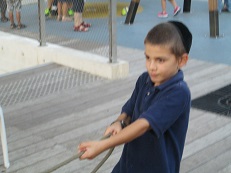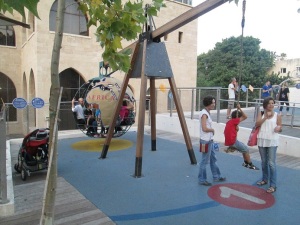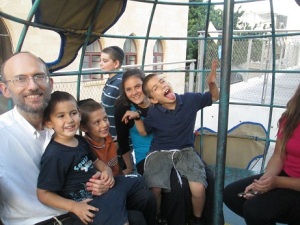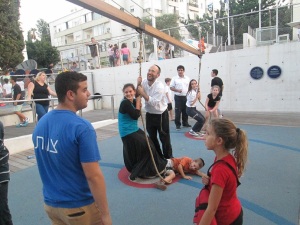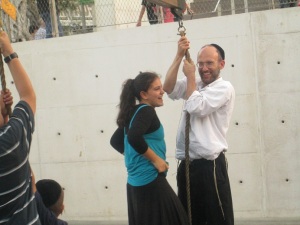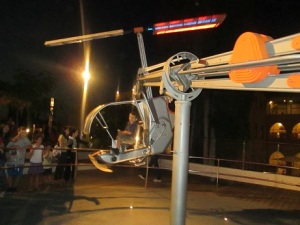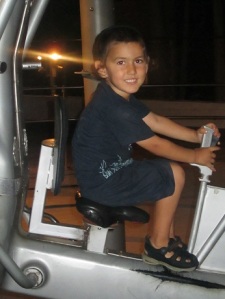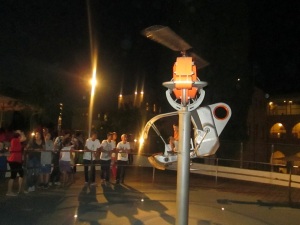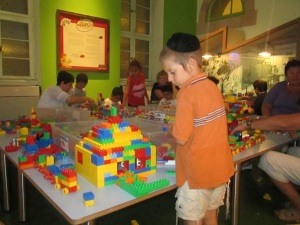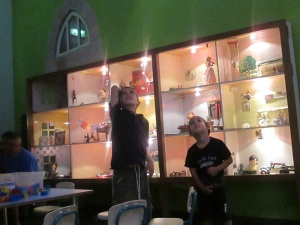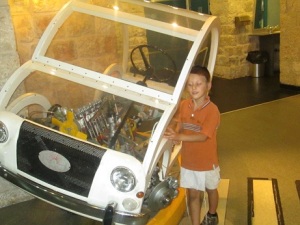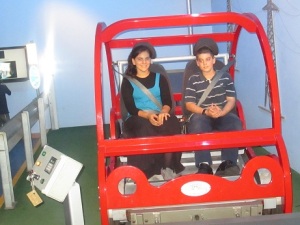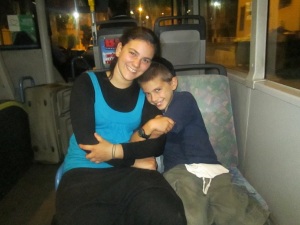I’ve been thinking about different aspects of time and life management lately, precipitated by a discussion with a man who is starting his own business, in addition to a full time supervisory position at work. I asked him about how he’s finding time to start a new business when he comes home exhausted after a long day, and he pointed to the bulletin board in his office that was separated into four equal quarters. He was about to explain when I nodded and told him I understood.
I was really grateful for this reminder of a principle that is so important but I’ve let it slide out of my life. That’s the principle of organizing your life around what is known as the four quadrants. (This is some of Steven Covey’s teaching, who is one of the two most insightful and far reaching authors I have read.) I thought this was too complicated for a blog post but I briefly explained it to dd17 who has already started implementing it and has been finding it very helpful.
In short, every activity in life can be categorized in one of four quadrants. The first quadrant is for things that are urgent and important. The second quadrant is for things that are important and not urgent. The third quadrant is for things that are urgent and not important. And the fourth quadrant is for things that are not urgent and not important.
You have no choice but to spend time in Quadrant 1 (Q1 from now on). These are things that can’t be ignored, serious issues that leave you no choice but to deal with them. Crisis falls into this quadrant.
The second quadrant is super powerful but the most neglected. The more time you spend here, the less time you need to spend in Q1. This is the quadrant of planning, reflection, spiritual growth, personal renewal – eating well, exercise, meditating. The kind of things you never manage to find time to do because you’re too busy and one day you’ll get around to it.
The third and fourth quadrant are time wasters. Q3 is filled with things that seem important because they’re so urgent and that’s why it takes up so much of our time. Phones ringing, people knocking at the door or insisting they need something from us leave us feeling that this is a really important thing to do right now. But they aren’t.
Q4 is non important, non urgent activities – time wasting activities that people overuse with the stated purpose being to relax from their stressful lives. If it’s a meaningful relaxing activity that leaves you feeling recharged, it goes in Q2. If it’s mind numbing and excessive, you’re looking at Q4.
So the first thing you need to do is assess what roles you play in your life, what activities they involve, and determine where each of these items are on the quadrants. The first two quadrants are where you want to spend most of your time but most people are spending the majority of their time in Q1 and Q3, the urgency quadrants. We live in an urgency culture. We can get addicted to the feeling or urgency because it makes us feel important to be so busy. The problem is that urgency and importance aren’t the same, so all of this activity can leave a person feeling empty.
The goal is to move towards spending more time in Q2 – this is where quality of life comes from. Where does the time to do that come from? Q3 and Q4, the quadrants that will suck out all your life energy and leave you with nothing to show for it. The more time you spend in Q2, the smaller the number of burning items in Q1 will become. The man I mentioned at the beginning of the post told me when he first took this job, everything was urgent, rush, rush, rush. After a month of putting practices based on these principles into place, things were running in a much calmer way.
Categorizing your activities is individual – an activity that one person experiences in one way can be experienced totally differently by someone else.
I used some of my resting time the day after my accident to do some quadrant planning. I’d been thinking about it since last week and was planning to find a chunk of time to do some uninterrupted thinking so I took my opportunity when it presented itself! After some reflection and writing, I took out my planner and scheduled in the Q1 and Q2 activities for the week. This is the idea behind something I wrote about a long time ago, putting in the big rocks first. (You’ll have to look it up if you’re interested. :))
After you write down your important quality of life type activities for the week, then you schedule everything else around that. You can spend your days doing little things that need to be done all day long, and get to the end of a day feeling as if you have nothing to show for your efforts. When you prioritize your activities and execute around them, you can get lots of the smaller things done in between the big things and at the end of the day feel a sense of satisfaction that you’ve done things that really mattered to you.
Though I’ve just started doing this again, it’s been really good. Even when things happen to throw off my time schedule that would have previously left me extremely frustrated, I still had a clear idea of what was my priority for the day and that kept me focused even when everything else about my day changed. I made time for some deep thinking, time to write out some of my values and priorities, time to spend with my mom, time to speak to a relative in the US who I rarely talk to (great aunt). I got all my homeschooling paperwork written up. I went through 2000 digital photos on my camera and chose out about 10% to print out; I haven’t printed out photos in over two years though our family enjoys being able to look at albums to remember our experiences. Now I can delete everything from my camera. (Getting rid of clutter is a Q2 activity.)
My house wasn’t clean at the end of the day, since physically I’m more limited than usual right now. I like when things look neat, but I was still able to feel a sense of accomplishment because the things that really mattered to me (and these will be different for each person) things it’s so easy to be too busy for – were done.
This is an incredibly powerful way to live life if done consistently. I hope I haven’t made it seem to obvious in my effort to simplify a lot of material. Please let me know if this sounds helpful to you!
Avivah


